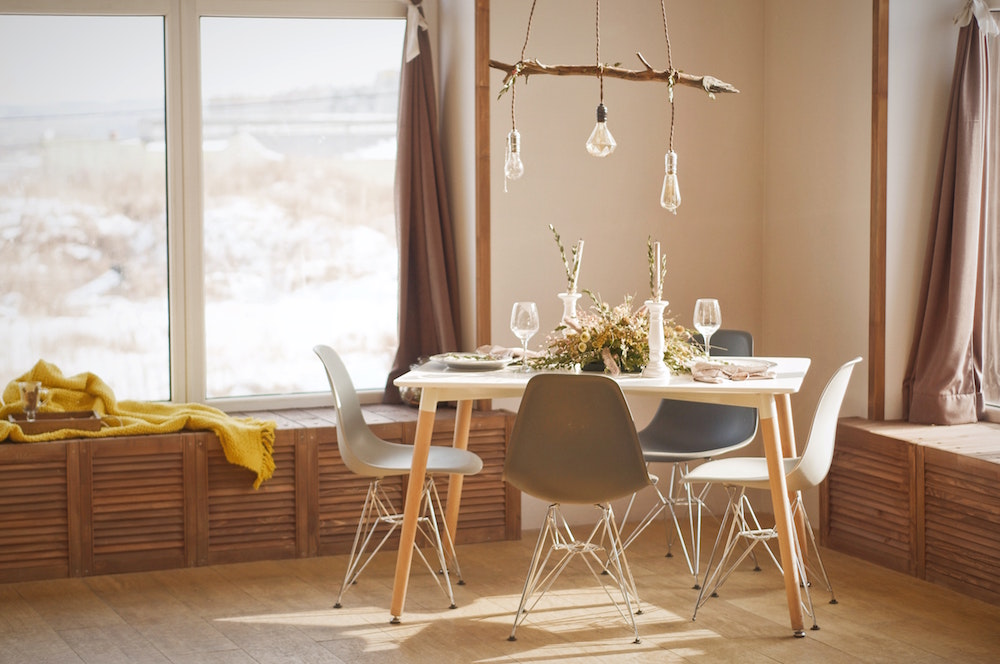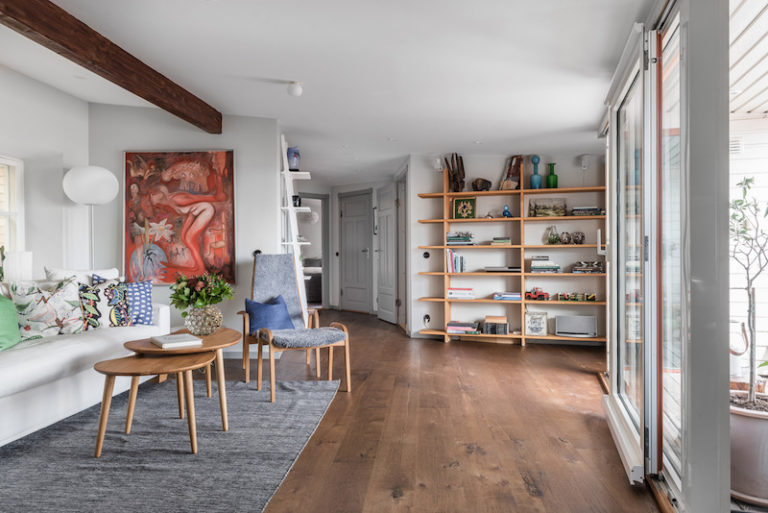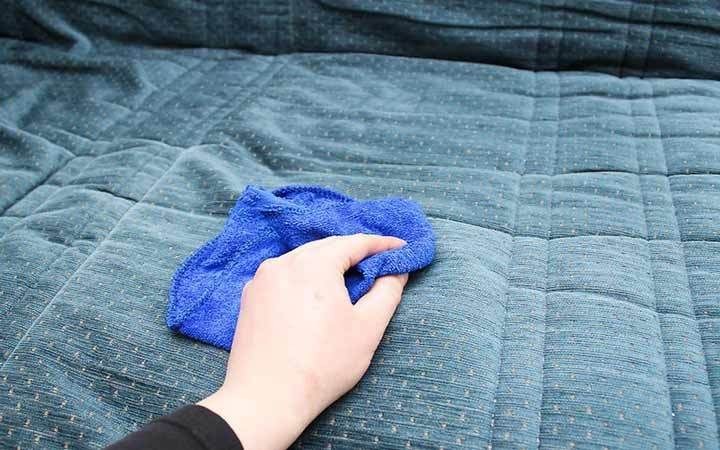Expert Tips You Should Consider When Repainting Your Home
Painting the house yourself is something we’d like everyone to try. Not only does it save money, but it’s a feel-good experience. If you’re doing it with a friend or partner, then it will make you spend quality time and bond. You will feel accomplished that you did the whole job without having to consult an expert. However, there are things that only an expert knows because it’s their job.
We’re here to give you some of their secrets that will help you repaint your home.
1. Sand Before You Paint
You won’t get a perfectly painted wall if you have a rough surface to start with. Level out the spackle and joint-compound patches by using sandpaper. It also helps to smooth out any ridges that are usually left behind when you remove the nails. It removes rough spots and burrs as well. Use a sanding pole to sand from the baseboard to the ceiling, vertically then horizontally. Be careful not to put too much pressure on the sanding pole, as it can flip and damage the walls.
2. Use Two Coats of Paint
Using two coats of paint is always a good idea, as it yields better results than one heavy coat. Expert advice from GSD Painting and Decorating encourages you to determine the number of layers depending on the quality of the paint covering and the color itself. The brighter the color is, the more layers it needs. Look for advice from local painting and decorating services in your area.
3. Use a Putty Knife to Press Tape
Sometimes when you’ve already finished painting, you remove the tape off the woodwork, only to find the painting bled into it. It’s unfortunate and it happens, but we have a solution for you. After applying the tape, run a putty knife over it and press it down. The pressure will make it seal well. Avoid masking tape and use blue painter’s tape instead, as the masking tape can leave marks behind.
4. Use a Paint Extender
Another unfortunate thing that happens is when the paint leaves lap and brush marks. The way to prevent that is to add a paint extender or paint conditioner to the paint mix. The paint will dry slower than usual and give you some time to overlap without lap marks. It also evens out the paint, so there are no brush marks. Look for the manufacturer’s directions to know how much extender to add with the ratio to paint.
5. Use Canvas for Drop Cloths
If you use bed sheets as drop cloths, there’s no stopping the paint from seeping into the flooring. And it will stay wet, then you will find it in your shoes and all over the house. That’s why experts use canvas instead. They are not slippery and they absorb splatters unless they’re very heavy. And they are easy to move.
6. Scrape the Paint off the Windows
Tape it all you want, but the paint will get to the windows anyway. The solution is easy, let the paint get to the windows then scrape it. You can use a razor blade for that job. It will take much less time than it takes to tape the windows. A word of advice: be careful not to get paint between the glass and the woods, as the moisture will cause the wood to rot.
7. Box the Paint
Not all cans will have the same shade of the color you want. If you paint by the can, you will find that your wall has two different colors. To prevent that, mix all the colors into one five-gallon bucket. This is called box painting. You can even paint directly from that bucket, although it will be harder to move around. It is especially beneficial to do that when painting a larger surface.
8. Use a Degreaser for Dirty Walls
It’s harder for the paint to stick when the wall is dirty. Think of the kitchen wall, bathroom wall, or a wall that children kicked off with their shoes. You can use a degreaser that will remove anything greasy or filthy. Just be careful as it’s potent, and use rubber gloves and eye protection.
Whether you choose to DIY repainting the house or call an expert, it helps to know more about the process. It’s not a difficult job, but the devil is in the details. Consider taking advice from a professional before you begin, they always know something we don’t. Try to buy quality materials because the more you invest, the better the results will be.








